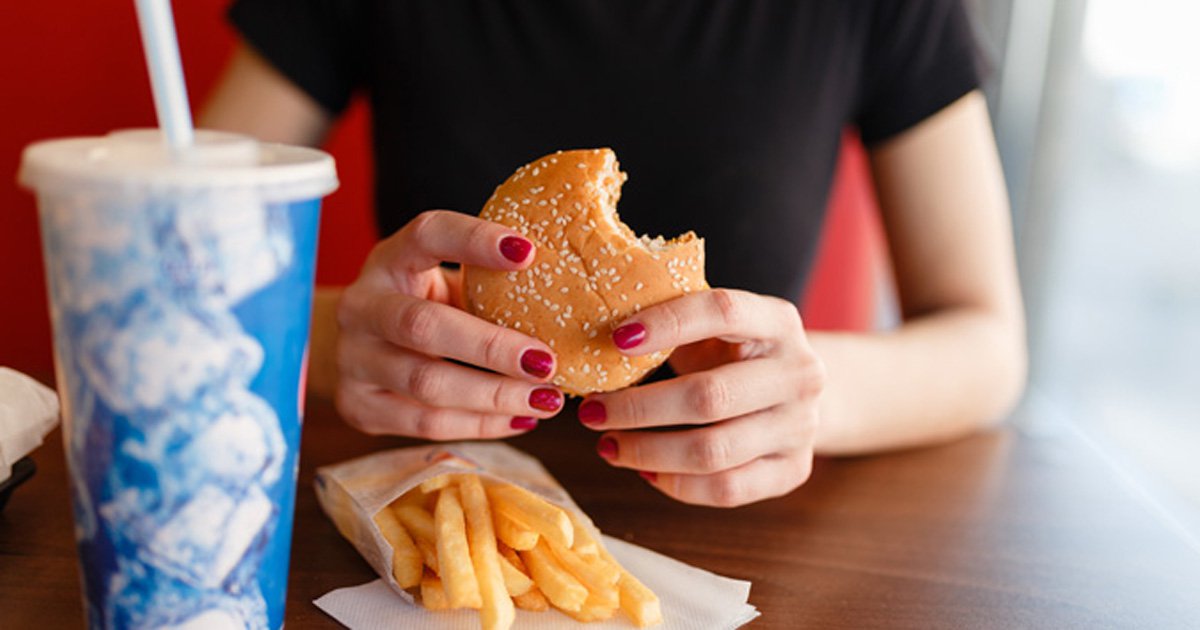Meal size advice helps parents choose healthier options for children at restaurants
LAS VEGAS — Parents may be more likely to order meals with healthier calorie counts for their children while dining at restaurants if they are given advice on the health benefits of such decisions, according to findings presented at ObesityWeek.

“This research is important because on average, children and adolescents in the U.S. consume 25% of their daily calories from restaurants. Chain restaurants are now required to post calories on their menus as part of the Affordable Care Act, which could lead to healthier choices for kids, but the evidence on calorie labeling's effectiveness is mixed,” Aviva Musicus, a doctoral candidate in the department of nutrition at Harvard T.H. Chan School of Public Health, told Endocrine Today. “The goal of this study was to figure out how to augment the effects of calorie labels and help parents make healthier choices for their kids.”
Musicus and colleagues recruited 2,372 parents and asked the participants to select from menu items online after receiving a dietary guidance message. There were four messages, including “kids’ meals are the right size for children,” “doctors recommend a 600-calorie/meal limit for kids,” “general recommendations of a 600-calorie/meal limit for kids” and a control message that did not pertain to food choice. The researchers randomly assigned the participants to receive these messages and evaluated participants’ reactions and meal choices.

Participants who received any of the non-control messages selected meals with a median calorie count of 650 kcal to 715 kcal at fast food restaurants and a median 970 kcal at full-service restaurants. Participants in the control group selected a median calorie count of 765 kcal at fast food restaurants and a median of 1,130 kcal at full-service restaurants.
The researchers noted that participants who received the “general recommendations” message selected fast food meals that were reduced by 115 kcal vs those selected by the control group (P = .019); the other outcomes did not reach statistical significance. In addition, 84% of those receiving the “general recommendation” message had a “positive reaction,” and 75% of those assigned to receive the “kids’ meals” message had a positive reaction (P = .003).
“Messages to help parents make healthier choices when ordering for their children at restaurants should provide specific behavioral recommendations,” Musicus said. “Doctors have a role to play in helping parents make healthier choices for their children. National policies like menu labeling provide an opportunity for doctors to talk with their patients about the new laws and how they may apply to their lives. In particular, when doctors talk with parents about making healthier choices for their children at restaurants, they should consider telling parents to generally choose meals that have 600 calories or fewer — depending on the age/health status of the child — instead of just providing more general advice.” – by Phil Neuffer
Reference: Musicus A, et al. T-OR-2010. Presented at: ObesityWeek 2019; Nov. 3-7, 2019; Las Vegas.
Disclosure: Musicus reports no relevant financial disclosures.

